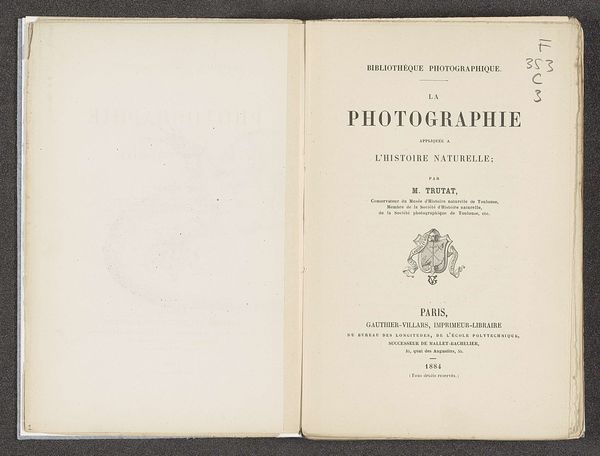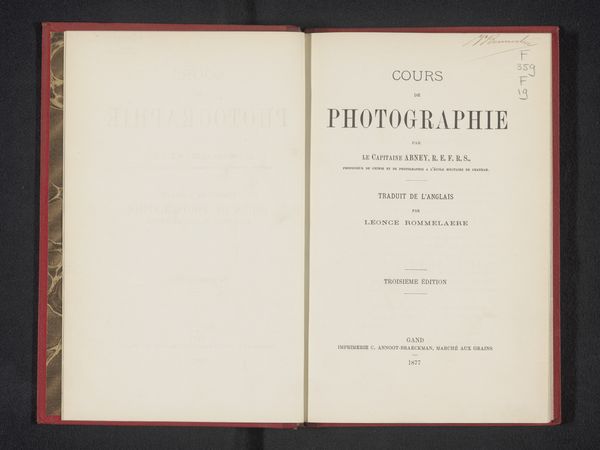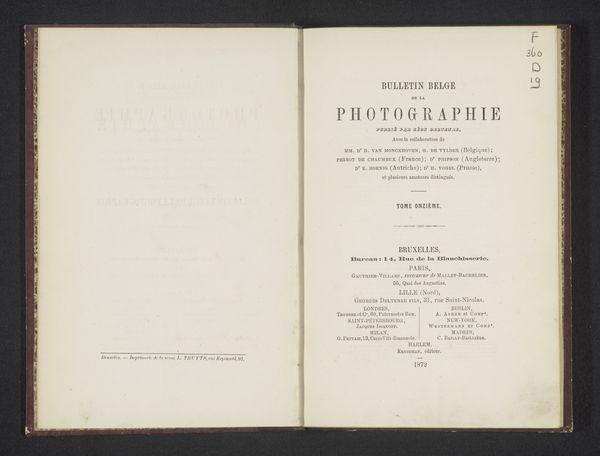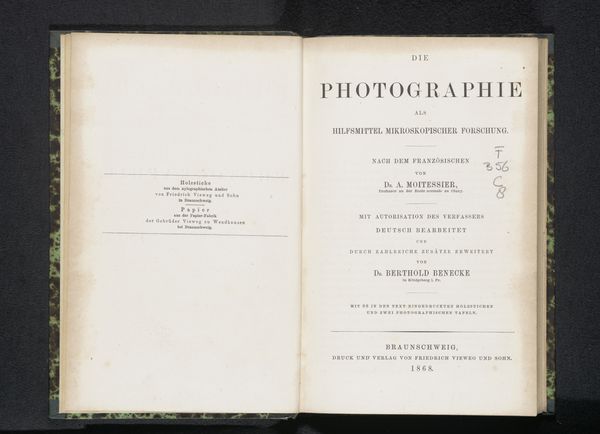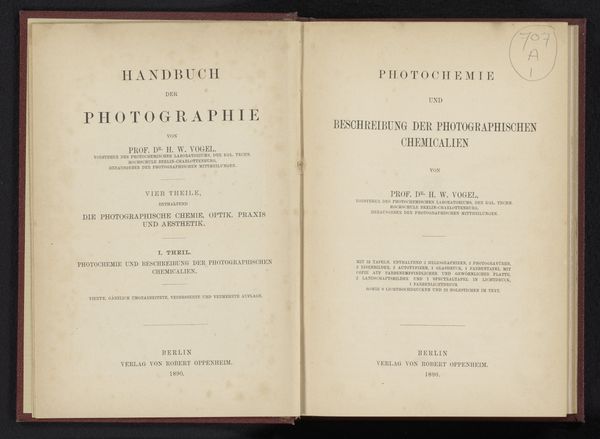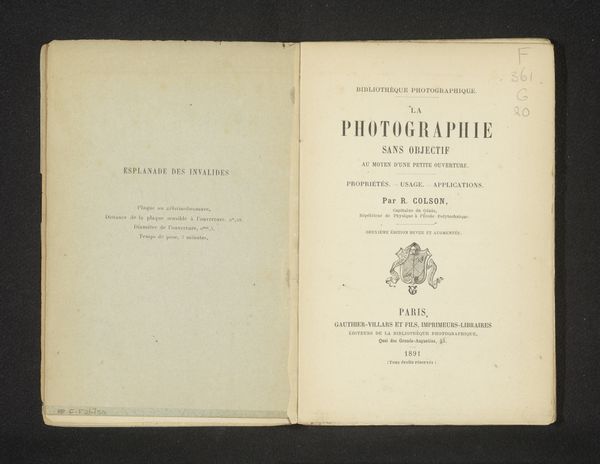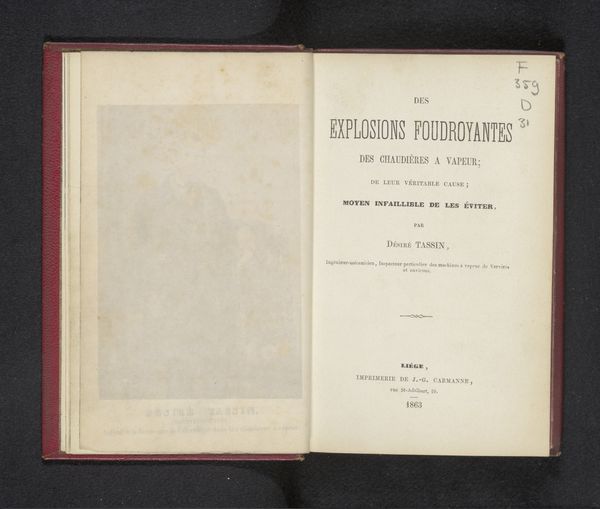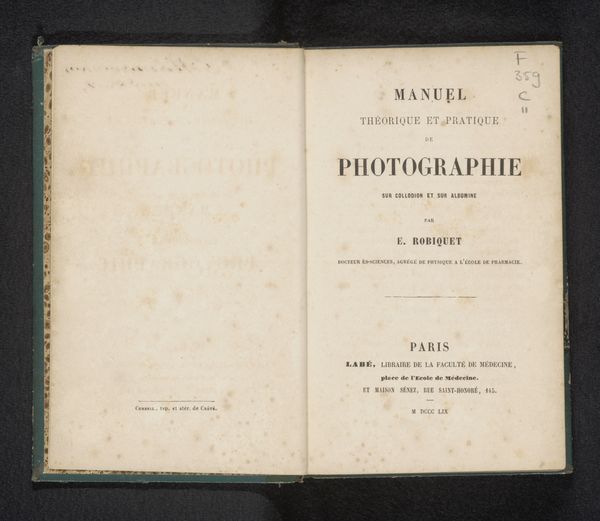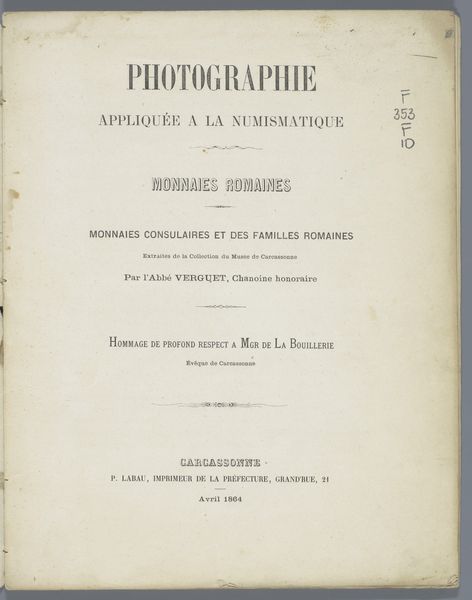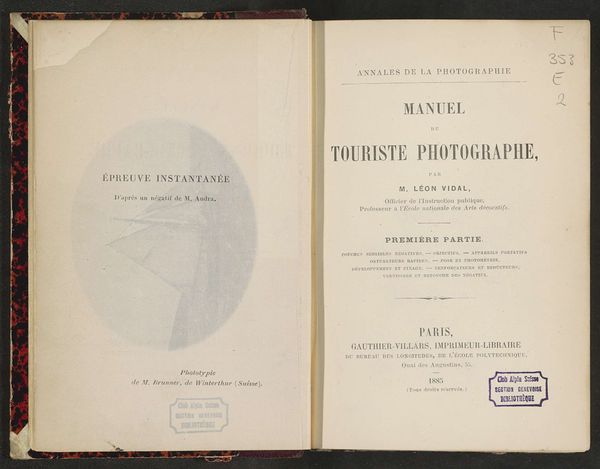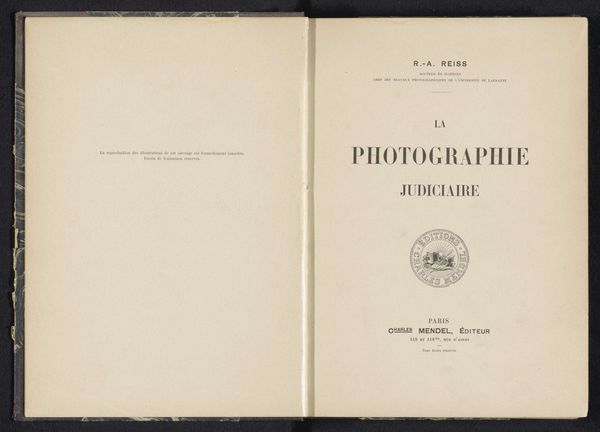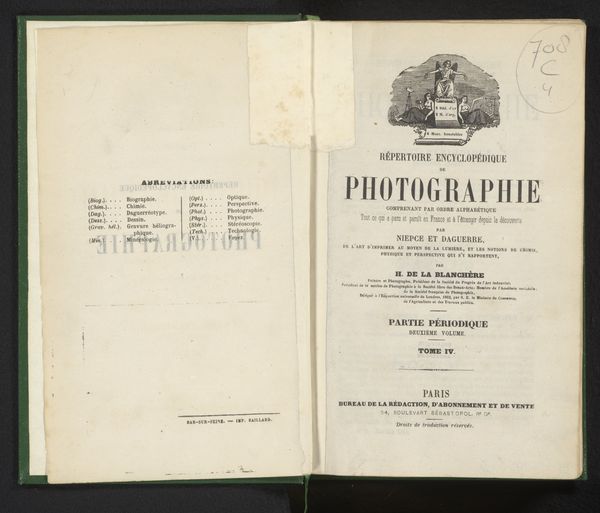
print, paper, photography
#
script typeface
#
aged paper
#
script typography
#
paperlike
# print
#
personal journal design
#
paper
#
photography
#
hand-drawn typeface
#
thick font
#
publication mockup
#
paper medium
#
publication design
Dimensions: height 250 mm, width 165 mm, thickness 25 mm
Copyright: Rijks Museum: Open Domain
Editor: This is "La Photographie des Objets Immergés," or "The Photography of Immersed Objects," by A-L. Donnadieu, printed in 1901. It's a rather simple print on paper, the open pages of a publication. There’s something inherently melancholic about seeing the aged paper and the faded script. What do you make of it? Curator: This image speaks volumes about the relationship between science, art, and public knowledge in the early 20th century. "Photography of Immersed Objects" suggests a scientific approach, meticulously documenting what's unseen. What would it mean to apply photography, a relatively new medium at the time, to reveal a hidden world? Editor: So, the book itself is part of that intersection between science and art. A means to communicate research to the public? Curator: Precisely. And consider the publisher: Charles Mendel, éditeur, indicating a commercial venture aimed at disseminating knowledge, likely to an educated and curious public. The design, the typeface - even the "aged paper" you mentioned - contributed to its perceived authority and aesthetic appeal. This wasn't just data; it was a carefully constructed presentation of scientific inquiry. How might such images affect public perceptions of the natural world and scientific authority? Editor: It makes me think about accessibility – trying to translate something complex for a general audience and establish credibility. So, the image, while simple at first glance, reflects a larger socio-political context. Curator: Exactly. It highlights the increasing importance of visual representation in shaping public understanding and acceptance of scientific advancements. Perhaps this book played a small role in forming public opinion on these matters. Editor: That's a great point. I definitely appreciate it more now, thinking about it as part of this much broader context. Curator: Me too.
Comments
No comments
Be the first to comment and join the conversation on the ultimate creative platform.
